West African giraffe are going from strength to strength
With only 600 West African giraffe remaining in the world, we at the Giraffe Conservation Foundation is proud to be part of this giraffe conservation success story!
The last population of West African giraffe (Giraffa camelopardalis peralta), a subspecies of northern giraffe, is found only in Niger. These giraffe almost exclusively live in the Koure and North Dallol Bosso central region, approximately 60km south-east of the capital Niamey. The area is locally referred to as the ‘Giraffe Zone’ and forms an integral part of the Parc W Biosphere Reserve. In addition to the ‘Giraffe Zone’, the Giraffe Conservation Foundation (GCF) in support of the Government of Niger and in partnership with Sahara Conservation Fund, established the first-ever satellite population of West African giraffe in Gadabedji Biosphere Reserve in late 2018. Giraffe had gone locally extinct almost 50 years earlier in this area.
There are only an estimated 600 West African giraffe remaining in the world. However, the population has recovered from only 49 individuals in 1996, and as such this giraffe subspecies was recently down-listed to ‘Vulnerable’ from its previous listing as ‘Endangered’ on the IUCN RedList. The turnaround of the West African giraffe population can be considered a true conservation success story, a testament to the concerted conservation efforts of the Government of Niger together with GCF and other local and international partners.
As part of our ongoing commitment to securing a future for West African giraffe in Niger, together with our partners, we recently fitted 16 West African giraffe with solar-powered GPS satellite units (ossi-units) to track their movements and assess their habitat use over time. This programme is supported by IUCN Save Our Species, co-funded by the European Union, along with Born Free Foundation and Wildlife Conservation Alliance.
With the help of this new technology we are learning a lot of fascinating details about the spatial dynamics of the West African giraffe. The first results show that these giraffe have rather large home ranges compared to other (sub)species in different parts of Africa. Their movements and use of habitat are most likely driven by aridity and habitat fragmentation as the West African giraffe live in the human-dominated agricultural landscape of the Sahelian zone.
The preliminary results further show that giraffe have preferred areas within the ‘Giraffe Zone’ to hang out. Additionally, we have also observed that some giraffe walk more than others – which is probably just a personal preference. One giraffe walked west close to the Nigerian border only to return the very next day – a 160km roundtrip in less than a week! Probably a curious individual looking for greener pastures.
Tracking these movements forms part of GCF’s Africa-wide giraffe tracking programme Twiga Tracker. So far over 125 ossi-units have been fitted to giraffe in seven African giraffe range states with the support of local and international partners, in particular in close collaboration with San Diego Zoo Global and Smithsonian Conservation Biology Institute. While remote tracking of giraffe gives us fascinating new information about these animals, it is important to also follow giraffe on the ground to monitor the population. By engaging local rangers and eco-guards we can directly contribute to increased education and awareness for giraffe in the area they live in. Educating local community members about the value of ‘their’ giraffe is an important part of our programme in Niger.
Establishing a satellite population in Gadabedji Biosphere Reserve and related outreach has enabled the community to understand the value of the giraffe as a tourism benefit, along with the social and cultural importance of bringing giraffe back to an area where they historically occurred. Long-term, we hope to secure a future for West African giraffe in Niger, where they can live save and sound for generations to come.

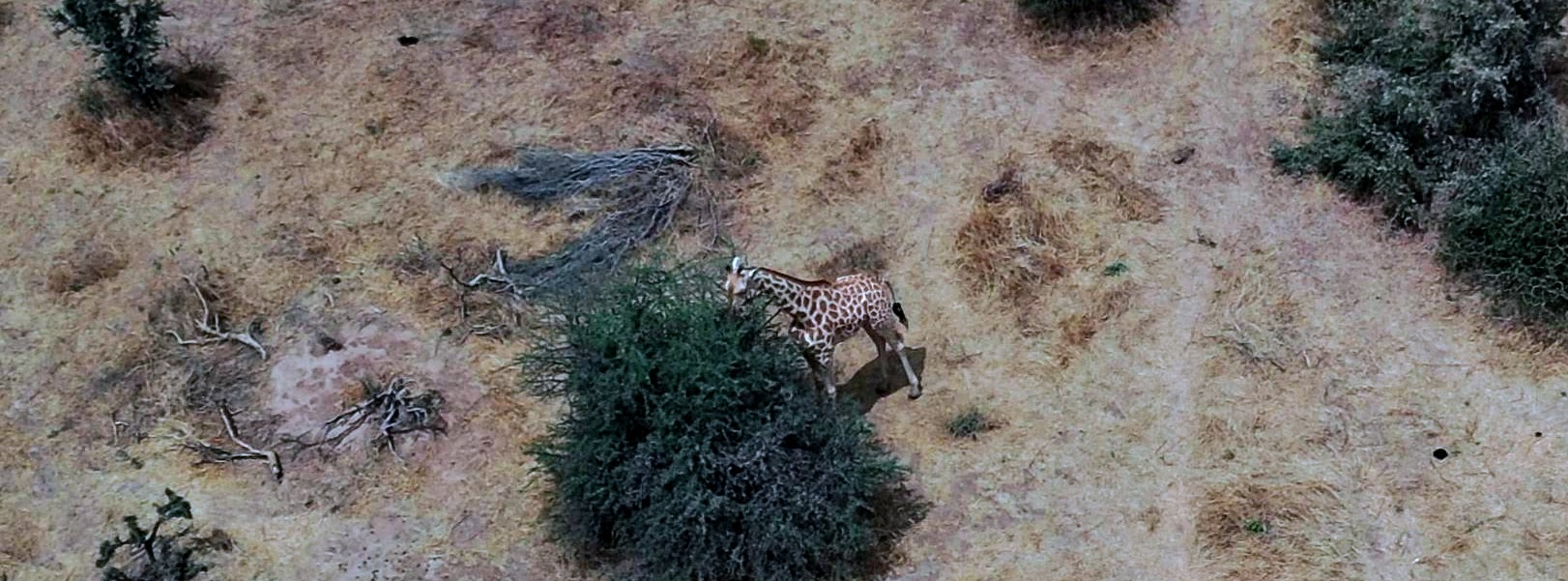
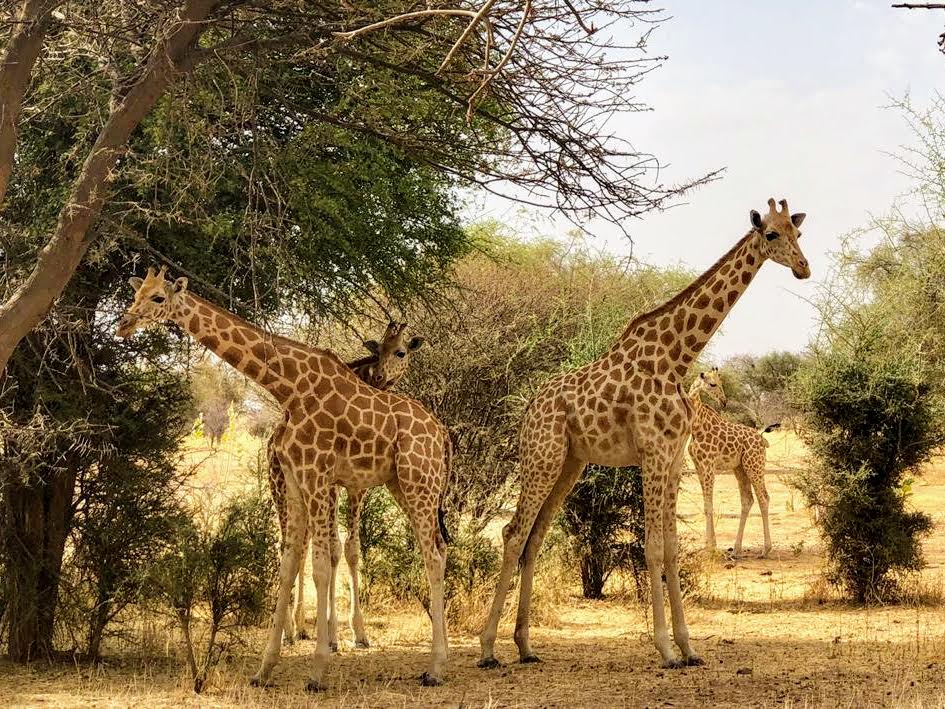
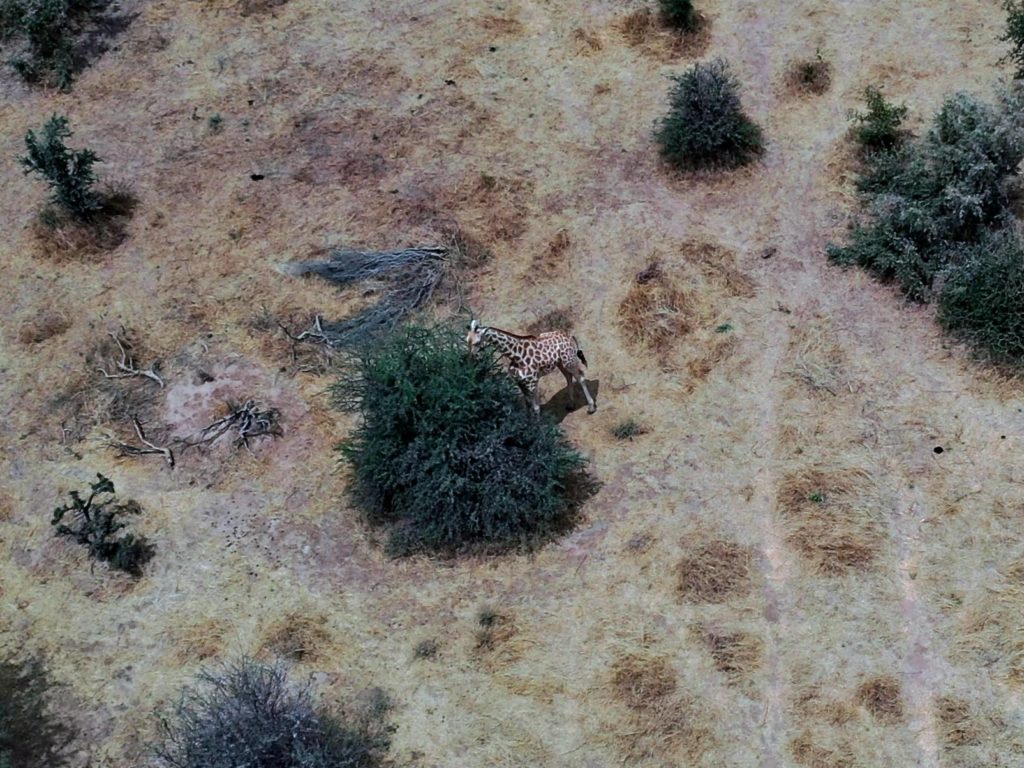
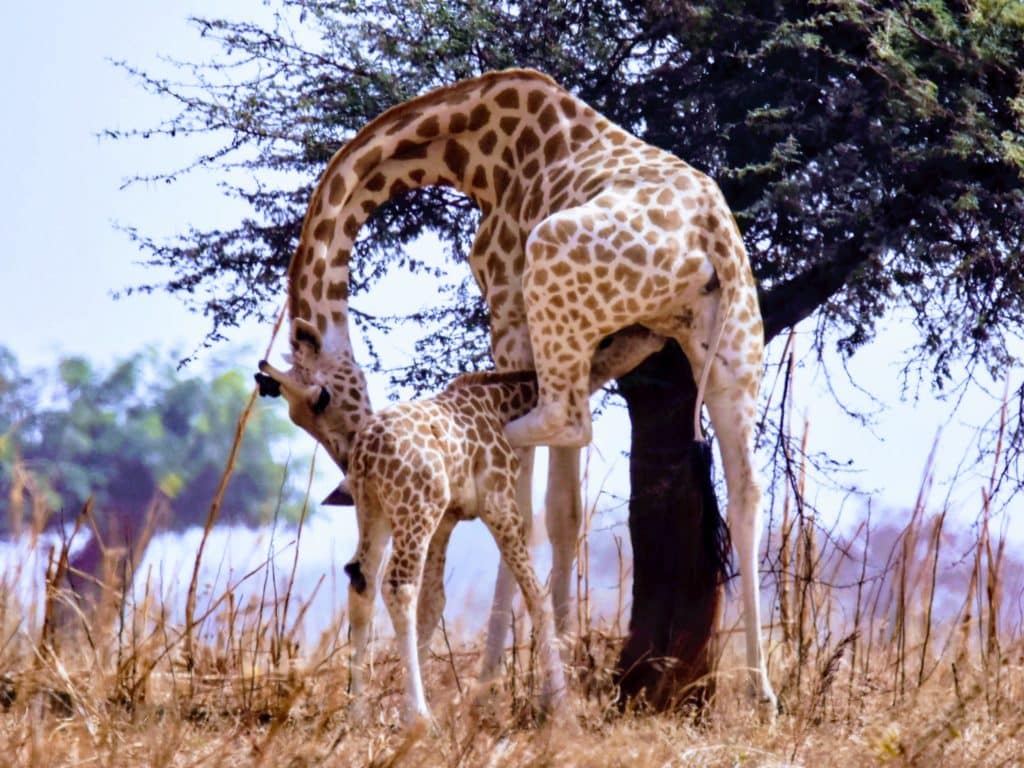

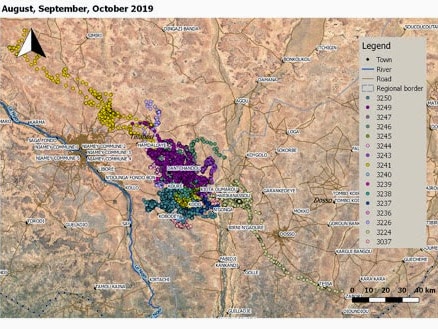
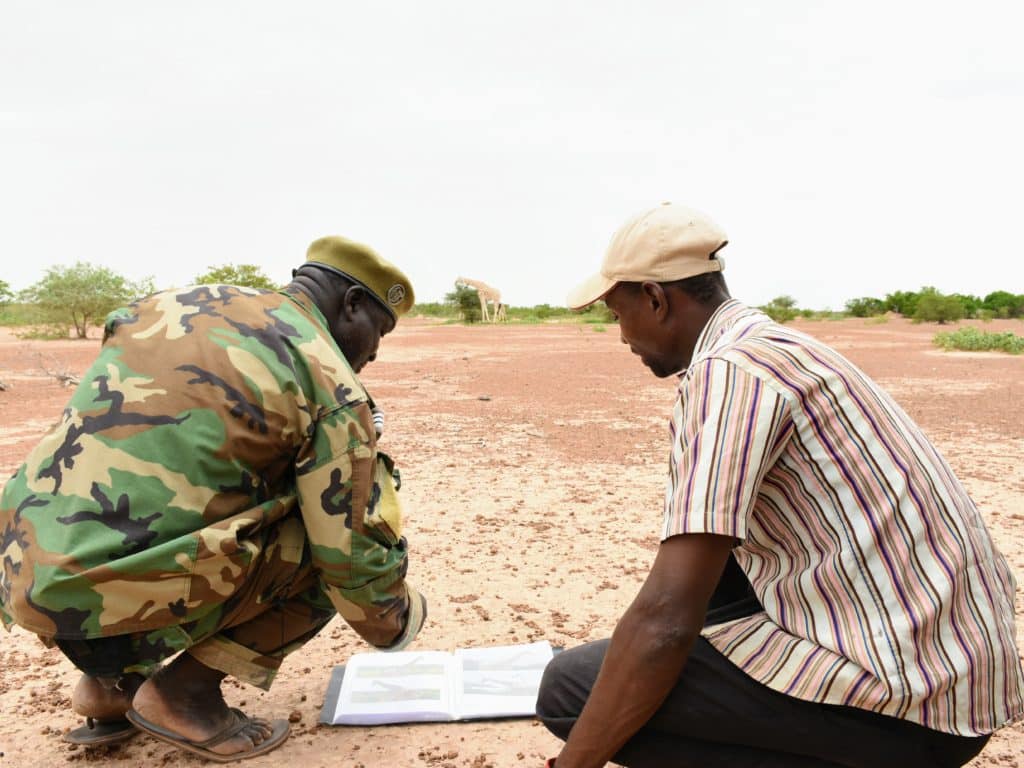
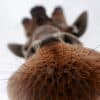
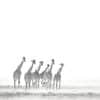


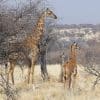

My daughter and I watched your video “Giraffes: Africa’s Gentle Giants” last night and we would just like to tell you from the depths of our beings how proud we are of you! how thrilled and grateful we are that you are alive! and helping these magnificent beings! THANK YOU JULIAN AND EVERYONE ELSE! We have been doing something similar with cows! for 15 years. Somebody had to step up and protect at least some of them from the horrors they typically face. We have saved the lives of and protected with our own lives over 100 of these beautiful beings who would otherwise have gone to the slaughter house. We were forced to stop in November which is heart breaking breaking to us. That is why we, maybe more than anyone else, are so thrilled you have been saving and protecting your absolutely magnificent beings. We will live through you now. Bowing down at your lotus feet and praying ardently for your continued joy and success!
So Very Sincerely, Susan Stephan and family from America
Thank you for your kind words. Very much appreciated!
I visited the Niger giraffes in 1994 when my daughter was studying on a semester abroad in Niamey. Magical. I am trilled now to support your on-the-ground work.
How do I get the video. Is it streaming, or can I buy a DVD?
I spent my career as lobbyist for groups like the Sierra Club, working to persuade Congress to protect more national parks, national wildlife refuges, wild and scenic rivers, and wilderness areas across American. Today, fully 5% of the entire landmass of the United States is protected in our National Wilderness Preservation System, giving these areas within our federal conservation areas the strongest possible legal protection.
In 1980, with President Jimmy Carter and great leaders from both parties in Congress, I helped lead the largest lobbying drive in conservation history. The Alaska National Interest Lands Conservation Act protected 157,000,000 acres in parks, refuges, and wilderness areas within those categories.
I now write books, magazine articles, and opinion columns for newspapers on wilderness protection, wildlife, and other topics of interest to me.
I was just drafting an article about my experiences with the giraffes when I was reminded that I should long ago have joined and contributed long ago.
Thank you for your kind words and your support. Unfortunately, “Giraffes: Africa’s Gentle Giants” was a BBC/PBS production and we have no right to the footage. You might find a version of YouTube .. 😉 Our own videos are available on our own YouTube and Vimeo channels. You might find our short film on Operation Sahel Giraffe in Niger particularly interesting: https://giraffeconservation.org/2019/02/08/short-film-operation-sahel-giraffe/
Do you know if the Nigerien authorities lead another giraffe census since 2016? With terrorist issues in the region in the last 5 years, I do not know if the activities continue or if they had to stop or slow down due to insecurity.
Would love to see the last numbers from the region 🙂
Hi Jeremie,
We still have our team working on the ground and supporting other local partners in monitoring the giraffe and are currently reviewing the methods with partners but no census last year or this year due to COVID and insecurity. Most recent numbers are estimated at 664 from the 2019 survey.